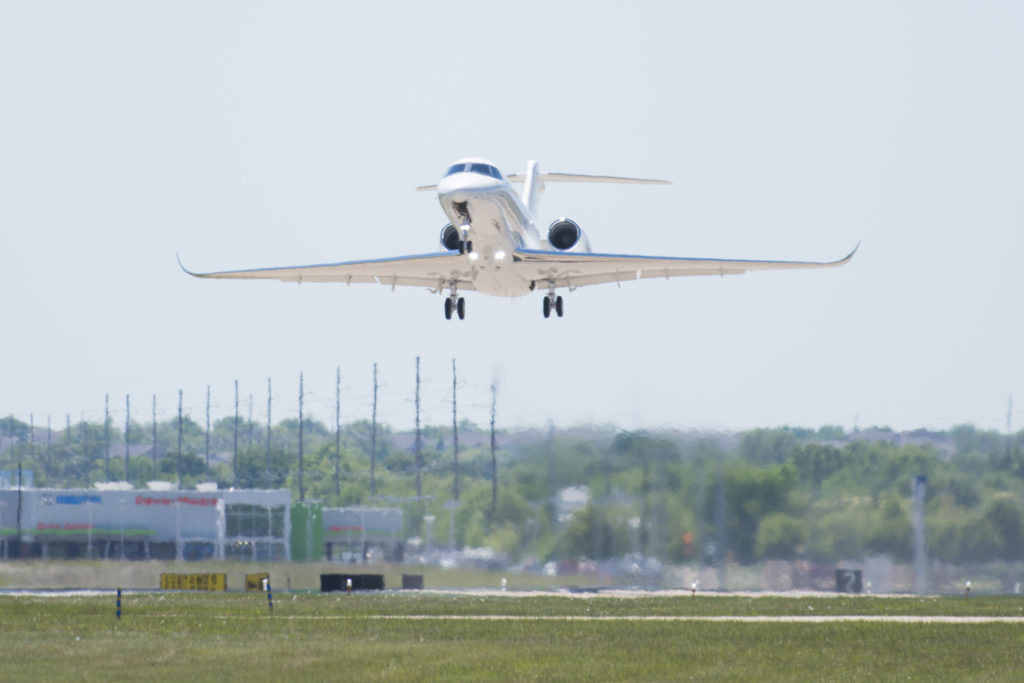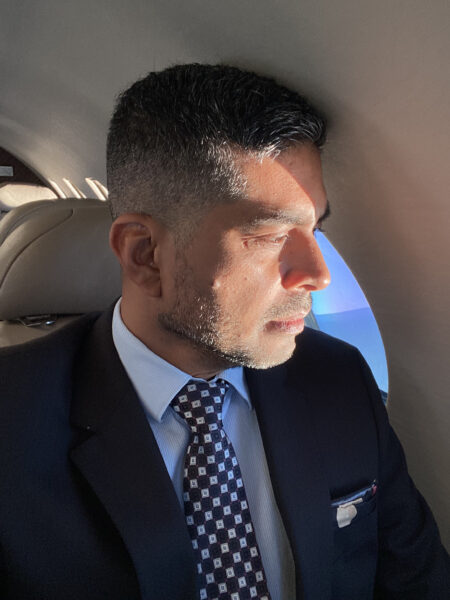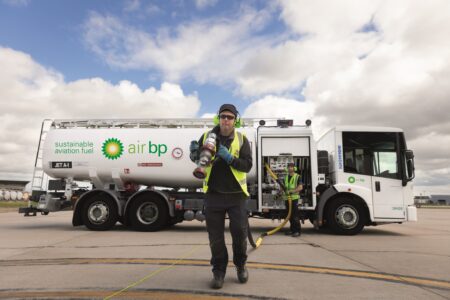Michael Giovannini, director of safety at Key Lime Air, shares his top tips on creating a safe business aviation operation.
Of the FAA’s four functional components of a safety management system, the safety promotion component can be instrumental in establishing and maintaining an engaging safety culture in your company. One approach to strengthening safety culture can be talking about and coaching professionalism.
Coaching expresses support for safe behaviors and provides useful, caring feedback about at-risk behaviors. Although time consuming, using coaching as an approach to build professionalism can be an effective way to improve a company’s safety culture and boost professionalism.
The best approach
Coaching tips that can be implemented into the safety promotion component of a safety management system are:
1. Teach employees why something is important during training, not just how to do something. Correlating the two will enhance the training by creating a greater understanding of the topic being trained.
2. When creating new policies or risk controls, ensure employees are part of the process. They will be more likely to follow rules they have ownership of.
3. In an industry where data collection can provide valuable insight into various parts of the operation, do not underestimate the value of personal interactions, observations and employee feedback.
4. Employee recognition and positive feedback for doing the right thing fosters positive attitudes with employees. Taking just a few moments during the day and or highlighting employee accomplishments in a company newsletter will result in employees feeling valued by management.
5. When providing feedback, focus on the employee’s behavior, not the individual.
The importance of being thorough
One behavior of being a professional can be striving to do the right thing all the time, even when nobody is watching. In aviation, being safe can come from that professional behavior. There can be no shortcuts in approach to the work and the discipline of being a professional in your career field goes hand in hand with safety. Reinforcement of good behaviors and decision making by company leadership shows that management values those professional attitudes. Having management actively involved in that coaching process is an integral part of the safety culture foundation.
Robert Agostine, a former Bombardier aviation director and test pilot who launched the Bombardier’s annual Safety Standdown many years ago, stated, “The more passionate someone is about their job, the more professional and committed to excellence they will be.” That professional excellence can be achieved through diligence, discipline and a desire to excel.
Aviation professionals are drawn to standards and compliance and in many ways can be like a captain for an athletic team. A good team captain sets the bar high by demonstrating their skills and how they handle themselves with others, and, as a result, others will rise to be like that too. These ‘team captains’ are well suited to be safety coaches and advocates in a company.
In conclusion, ‘being safe’ is the natural result when an aviation professional is disciplined, dedicated and ethical. Safety managers can use a coaching approach with employees to foster professionalism in the workplace. We all must strive on a daily basis to be the aviation professionals that our friends, family, and customers think that we are. As a result, individually and as a company, we are safer for it.





